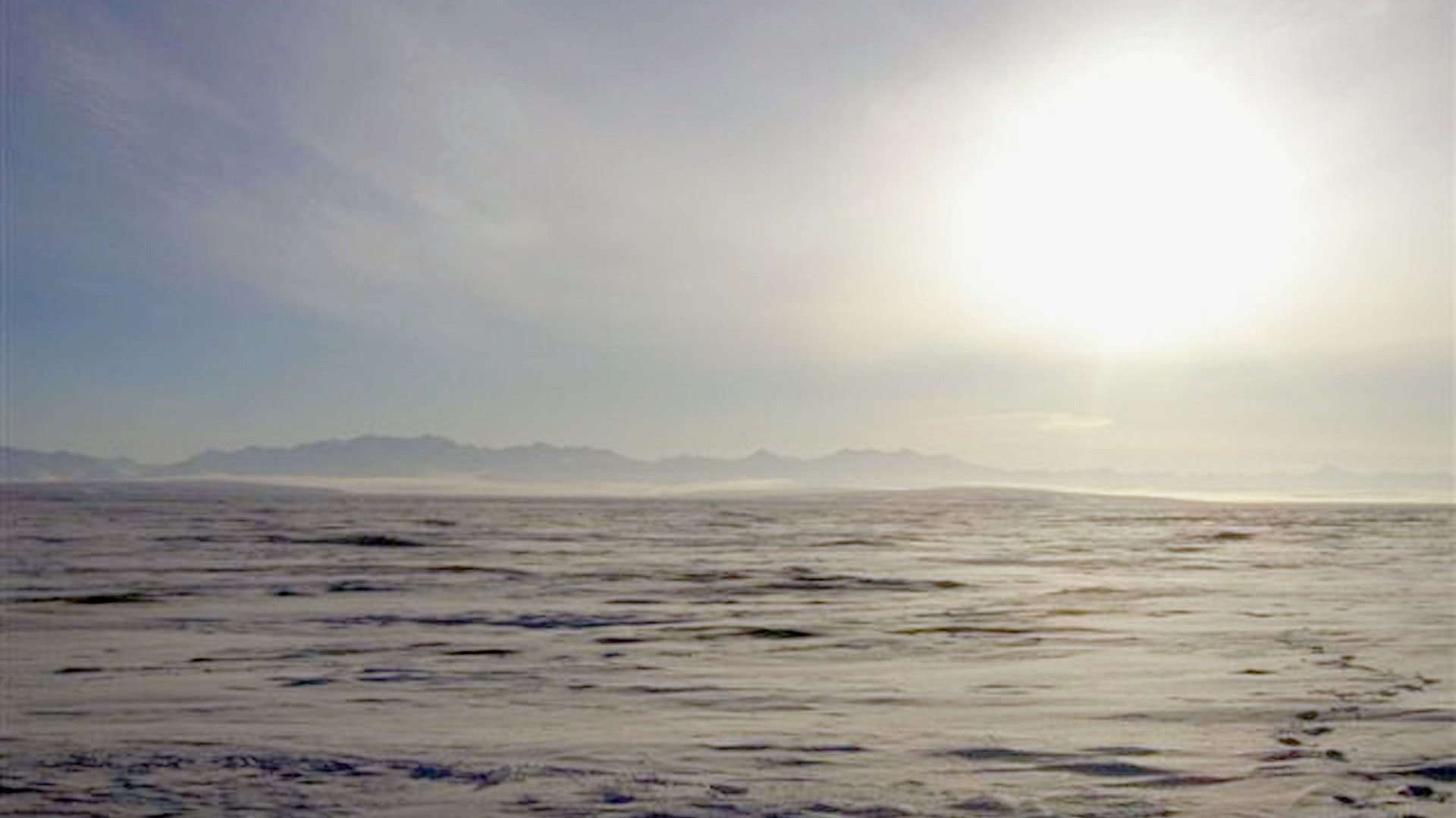Trump’s last-minute push for Arctic oil drilling might have no takers
If you’ve ever wanted to drill for oil in the Alaskan Arctic, this week could be your last, best chance: Bidding closes on Dec. 31 for a million acres worth of 10-year oil leases in the Alaska National Wildlife Refuge. The sale marks the fulfillment of a longstanding dream for the Trump administration and many Republicans in Congress, allowing drilling in the ecologically sensitive region for the first time.


If you’ve ever wanted to drill for oil in the Alaskan Arctic, this week could be your last, best chance: Bidding closes on Dec. 31 for a million acres worth of 10-year oil leases in the Alaska National Wildlife Refuge. The sale marks the fulfillment of a longstanding dream for the Trump administration and many Republicans in Congress, allowing drilling in the ecologically sensitive region for the first time.
There’s just one problem: Oil companies aren’t interested.
The number of bidders and their identities won’t be public until Jan. 6, when bids are opened by Interior Department officials. But so far, it looks like the only serious contender is the state of Alaska itself. Last week, the board of the state’s Industrial Development and Export Authority voted in favor of allowing the agency to spend up to $20 million on leases. The idea is not for the agency to drill there, but to hold on to the leases in the hope of subletting them out to drilling companies later when the oil market recovers from its pandemic slump. No other companies or other bidders have been made public yet.
The quiet isn’t surprising. Even before the lease auction was opened earlier this month, most analysts agreed that interest among oil companies would be tepid, if not nonexistent. Over the last year, two key factors converged to make exploring for oil in a remote, undeveloped stretch of Arctic coastline seem like a bad bet.
First: the price of oil, which dictates whether the necessary investment is worth it. After dropping to historic lows at the beginning of the pandemic, the price is not expected to return to pre-pandemic levels until late 2021. Even that might not be high enough: It was stuck around $60 per barrel pre-pandemic, and because of the high cost of drilling in ANWR—think of roads, airstrips, ports, pipelines, and worker housing all needing to be built from scratch in a frigid, remote place—the break-even price there is at least $80. In general, as the world moves away from fossil fuels, most oil companies are backing away from high-cost sites and choosing to focus on their lowest-cost opportunities: reliable, established fields in places like Texas, the Middle East, and Scandinavia.
Then there’s the financing. Because of the dicey economics and intense pressure from activists, every major US bank has said that it will not finance drilling in the Arctic. (Bank of America became the last to commit this month.) The Development Authority bid would circumvent this problem somewhat, since half of the income from any lease sales goes back to the state’s treasury anyway. But at a time when a climate-focused US president is about to take office and public concern about the climate has never been higher, planting a flag as the first company to drill or support drilling in ANWR would draw a lot of unwanted public relations heat, with an uncertain payoff.
Even activists considering placing a bid just to take a few acres off the table for oil production are likely to steer clear. Tim DeChristopher, one such activist, served nearly two years in federal prison for pulling that move in Utah in 2008.